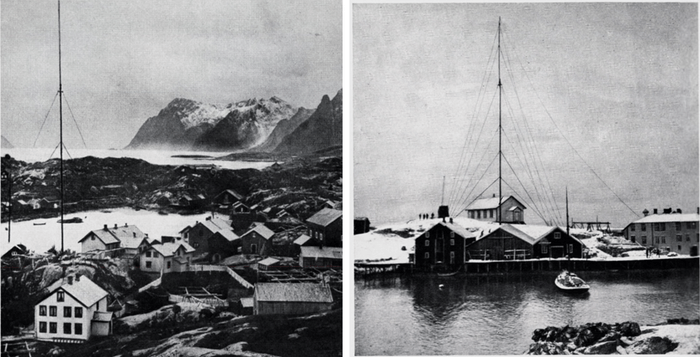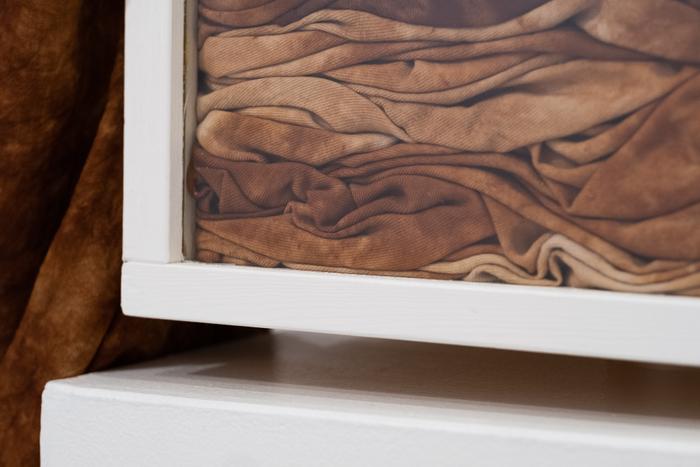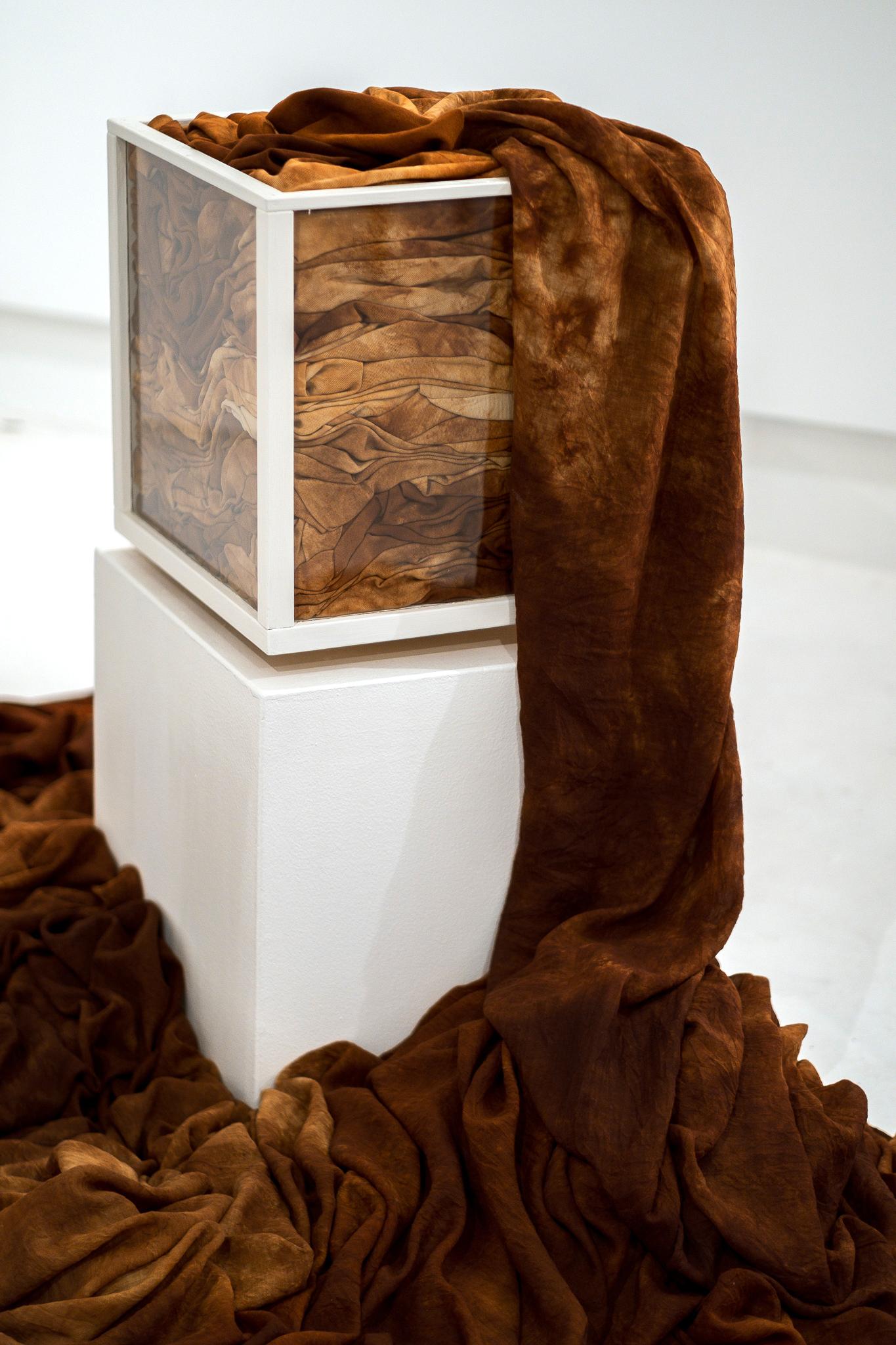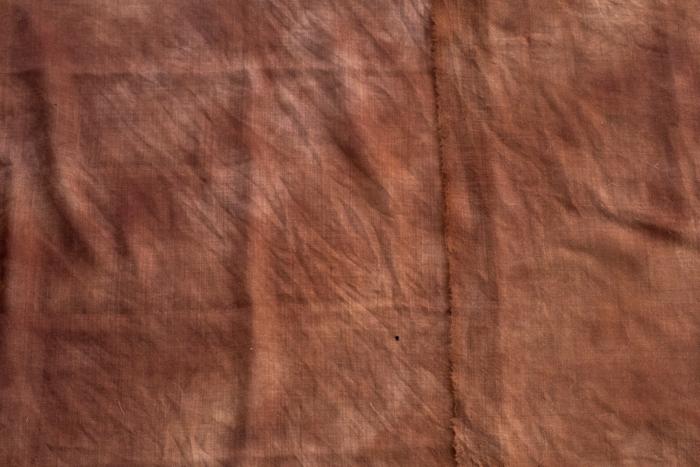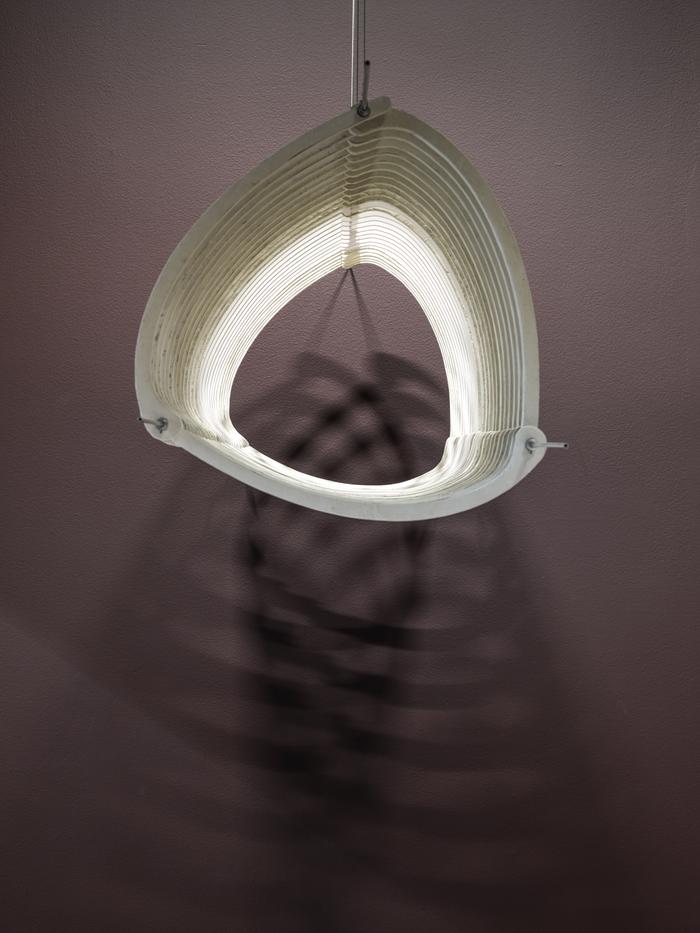Writing from a far
In Metode volume 3 ‘Currents,’ writers and artists explore how signals can be transmitted from afar through space and through time, in a manner which can offer new ideas for alternative futures. The volume is introduced by three essays written by Alison Burstein (US), You Nakai (Japan), and Sigbjørn Skåden (Sápmi and Norway), in which the authors situate themselves in close proximity to local contexts in order to explore the wide-reaching spatial and temporal implications.
Alison Burstein situate herself in her own institution, the avant-garde art institution The Kitchen in New York City, in which Burstein works as a curator. Through a close-reading of a television artwork, Two Moon July, she examines The Kitchen’s never-studied archive material in order to offer a critical analysis of the interdependencies between artistic practice, institutional support, and mass media platforms. As a regenerative feedback loop, Burstein transmit signals between 1980s New York City and Lofoten islands in Norway, in which the curatorial concept of LIAF 2024 ‘SPARKS’ is a strange doubling of The Kitchen’s curatorial concepts and institutional practice in the 1970s and 80s. With SPARKS, curator Kjersti Solbakken investigates, critiques, and rethinks the interdependencies of artistic practice, institutional support, and mass media platforms.
You Nakai’s essay presents a series of in-depth sequences of serendipities linked to the never-realized, large-scale environmental concert Island Eye Island Ear, conceived by American sound pioneer David Tudor in 1974. Tudor’s work engaged in dialogue with the ecological-cybernetic avant-garde art practices of the 1970s, which focused on concepts like mimetic immersion, stimmung, feedback, and atmospheres, all striving to redefine or even erase the boundary between an organism (including humans) and its environment. Situating himself in the present, Nakai analyzes his own long-term endeavor to realize an interpretation of Tudor’s concert. In a curious act of doubling, the unrealized 1974 environmental concert is translated into the local landscape of Svinøya Island in Svolvær and will be performed as a part of the opening weekend of LIAF 2024.
Sigbjørn Skåden closely aligns with his own 2016 text, “Human Evolution,” which utilizes Madame Helena Blavatsky’s (1831–1891) theosophy and root race theory as its thematic and structural foundation. For Metode, Skåden revisits this work through new translations and a newly written appendix. “Human Evolution” has been transformed through translations; to North Sámi by Kari Utsi and to English by Stig Oppedal, resulting in a series of textual doublings that are at the same time identical and dissimilar. Throughout the process of being translated and adapted, the text has mutated; shifting and developing new nuances and meanings as it is transmitted across different languages and contexts. Skåden’s appendix examines the relevance of Blavatsky’s speculative ideas for contemporary and future ethics. Skåden ponders on a peculiar duality within his own text, an outmost proximity between absurdity and essential truth. In his words, “something that allows both the completely absurd and the acutely essential to rub shoulders with each other through the texts, as something at once very untrue and very true.”9
The three opening essays of Currents explore three different manifestations of a unique feedback loop between time, space, and scale. Burstein, Nakai, and Skåden contribute with close readings of local situatedness by applying a multi-scalar approach. This methodology entails a simultaneous dual focus: By intensely examining what is most near, that what is remote is echoed. By engaging in a zoom-in on localized details, the scale concurrently zooms-out on worldwide consequences.10 By writing in proximity, Burstein, Nakai, and Skåden concurrently write from afar. Furthermore, the three opening essays propose an intriguing concept of temporal doubling. By meticulously exploring specific historical events and contexts—and, in Skåden’s instance, a historical worldview that verges on the absurd—the essays create temporal feedback loops that echoes into our current times.
Importantly, however, if drawing on Waddington’s epigenetic theory of feedback, this concept of doubling—with its ability to seamlessly transmit echoes across different scales of time and space—harbors the potential to revolutionize traditional cyclical feedback loops, offering alternatives for what has yet to come.
